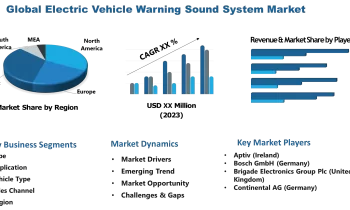
Business activity in the world’s largest economy contracted for the first time in two years.
A decline in US business activity in July marked the fourth month in a row that a decline was registered. Importantly though, July was the first time that business activity fell below the crucial 50 reading. The U.S. flash purchasing managers’ index, a key measure of momentum in business activity, plunged to 47.5 in July from a final reading of 52.3 in June.
July’s flash PMI reading was the lowest level in 26 months and the first sub-50 reading since June 2020. Readings above 50 indicate an economy in expansion, whilst readings below 50 indicate an economy in contraction.
Is the US Facing a Recession?
Disappointing results in the service sector and a decline in manufacturing production have combined to increase fear and anxiety amongst US companies as the dark clouds of recession loom ominously ahead.
S&P Global Chief Business Economist Chris Williamson said in an accompanying statement:
“The preliminary PMI data for July point to a worrying deterioration in the economy,”
“Excluding pandemic lockdown months, output is falling at a rate not seen since 2009 amid the global financial crisis.”
US Business owners complained of client demand strained by surging inflation and interest rate hikes. Inflation in the US is at a four-decade high. However, there are signs emerging that price hikes are easing back from their May peak.
Williamson added:
“Although supply constraints remained problematic, constraining economic activity, the weakening demand environment has helped to alleviate inflationary pressures,”
So, with unemployment still at a near half-century low, the picture is still very much muddied as to what is happening in the US economy. Signs are not looking good. However, all is not as dire as it seems and the next few months will be vital for the US.



